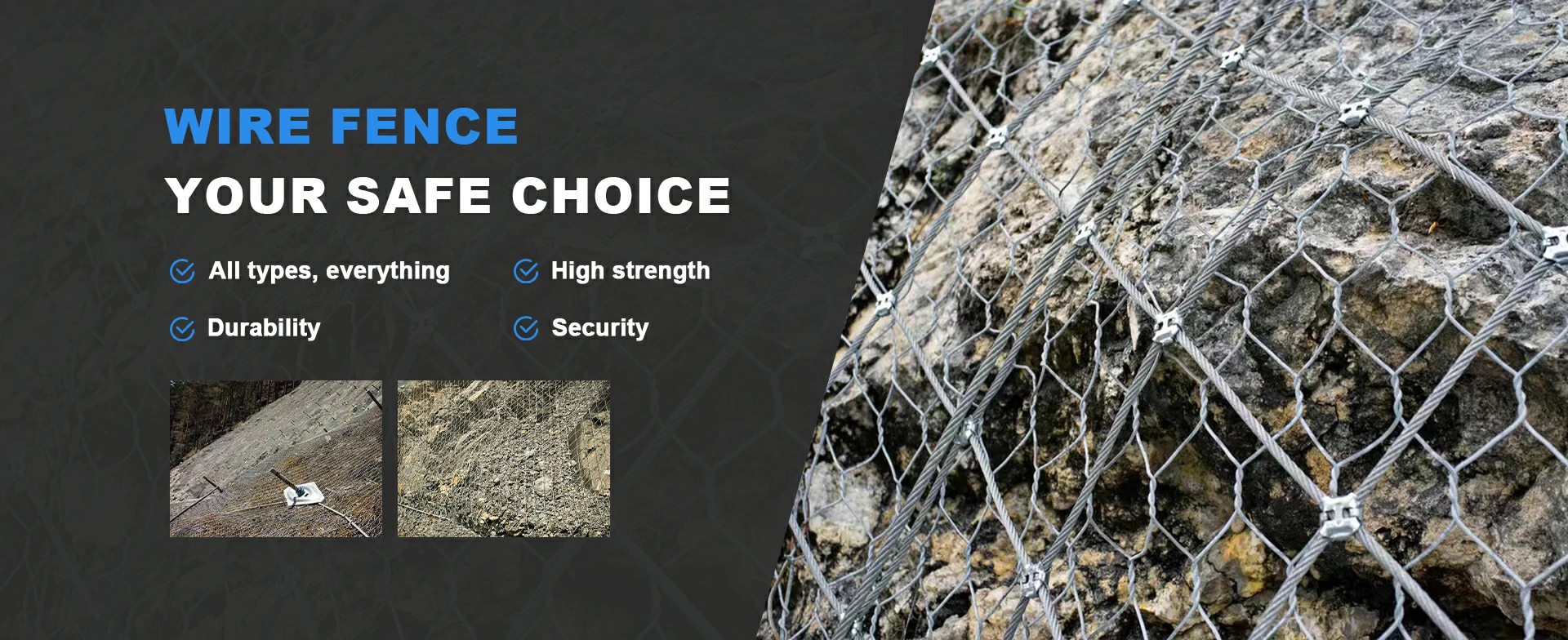Sep . 06, 2024 18:07 Back to list
Stone Cage Net - Durable and Versatile Solutions for Landscaping and Construction
The Stone Cage Net A Modern Architectural Marvel
In the realm of contemporary architecture, innovative designs often emerge from the fusion of traditional materials with cutting-edge techniques. One such example is the stone cage net, a striking architectural element that has garnered attention for its functionality and aesthetic appeal. Combining the raw beauty of natural stone with the versatility of modern engineering, the stone cage net serves not only as a structural component but also as a striking feature in modern landscapes.
At its core, the stone cage net consists of a series of interconnected cages, usually made from durable materials like galvanized steel or welded wire, filled with natural stones. This approach, sometimes referred to as gabion construction, allows architects and builders to harness the natural beauty of stone while providing excellent structural integrity. The cages can be arranged in various configurations, creating walls, fences, or decorative elements that blend seamlessly into their surroundings.
One of the key advantages of the stone cage net is its sustainability. The use of locally sourced stones reduces the carbon footprint associated with transportation and promotes the recycling of natural materials. Moreover, the porous nature of the stone-filled cages allows for natural drainage, minimizing water retention and reducing the likelihood of erosion. This makes stone cage nets particularly useful in landscape design, where they can stabilize slopes and manage stormwater effectively.
stone cage net

Aesthetically, the stone cage net offers a rustic yet modern look that can complement various architectural styles. Its texture and color variations bring a warmth and earthiness to buildings and outdoor spaces. The interplay of light and shadow on the stone surfaces enhances the visual appeal, creating a dynamic experience as conditions change throughout the day. Additionally, these structures can be customized to incorporate lighting elements, transforming them into stunning focal points during nighttime.
In urban environments, stone cage nets can serve practical purposes beyond mere decoration. They can function as sound barriers, reducing noise pollution from bustling streets, while also providing habitat for local wildlife in green spaces. The versatility of these structures allows architects and urban planners to think creatively about how they can be integrated into designs that promote both ecology and community.
As we continue to seek sustainable solutions in architecture, the stone cage net stands out as a brilliant example of how traditional materials can be reimagined. It captures the essence of nature while adhering to modern design principles, making it a compelling choice for those looking to enhance both the beauty and functionality of their spaces. In a world where innovation and sustainability go hand in hand, the stone cage net firmly establishes its place in contemporary architecture, offering a glimpse into the future of building practices.
-
Why PVC Coated Gabion Mattress Is the Best Solution for Long-Term Erosion Control
NewsMay.23,2025
-
Gabion Wire Mesh: The Reinforced Solution for Modern Construction and Landscape Design
NewsMay.23,2025
-
Gabion Wall: The Flexible, Seismic-Resistant Solution for Modern Landscaping and Construction
NewsMay.23,2025
-
Gabion Wall Solutions: The Durable, Decorative, and Affordable Choice for Every Landscape
NewsMay.23,2025
-
Gabion Basket: The Durable and Flexible Alternative to Traditional Retaining Walls
NewsMay.23,2025
-
Gabion Basket: The Proven Solution for Slope Stability and Flood Control
NewsMay.23,2025
-
Versatility of Chain Link Fence Gabion
NewsMay.13,2025






